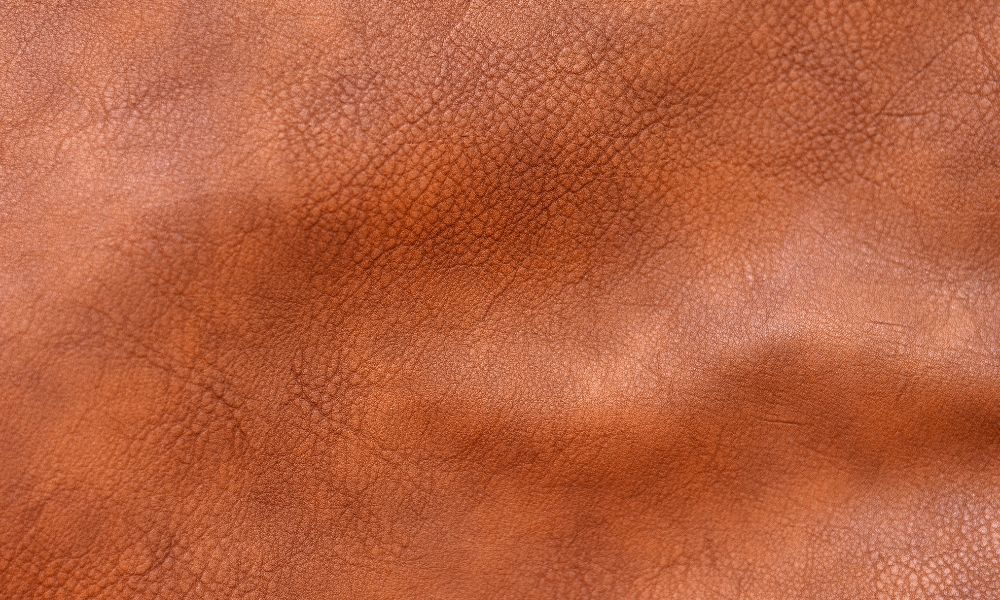
Leather products are valuable thanks to their durability, functionality, and aesthetic appeal. However, you must ensure that your creations are of high quality to satisfy your customers. The easiest way to check if the final product will work is to make a prototype! Explore the importance of prototyping your leather projects and discover how it can benefit your future projects.
What Does It Mean to Prototype Leather?
Prototyping leather means creating a preliminary model or sample of a leather product before manufacturing it on a large scale. This process allows designers and manufacturers to test the leather product’s functionality, aesthetics, and durability. The prototype serves as a guide for further production and helps determine the production or creation process’s feasibility. Prototyping is essential in product development, ensuring that the final product meets the desired quality and design standards.
The Benefits of Prototyping Leather
There are several advantages associated with prototyping in leatherworking. Prototyping helps you test and refine the design. Experimenting with different tanning and crafting methods provides insight into what looks best. By creating a prototype, you can evaluate the look and feel of the final product and make necessary adjustments. Additionally, you’ll save time and money by identifying potential production issues early on and finding better ways to improve the process. Furthermore, it provides an opportunity to test the durability of the product. Leather is renowned for its robustness; a prototype ensures that the product will uphold this reputation.
Mistakes That Occur When You Don’t Prototype Leather
Avoiding the process of prototyping leather can lead to a variety of mistakes. For instance, without a preliminary model, you may overlook design flaws that could compromise the product’s functionality or aesthetics.
The size or fit of the product might be incorrect, or the stitching quality might be inconsistent. Customers who use the leather product will feel disappointed when it doesn’t last as long as it should because of poor crafting quality.
Without testing, you may use a type of leather unsuitable for the product. Through prototyping, you may find that the durability of calfskin leather hides is superior to the deerskin you originally had in mind. Prototyping is an important step that ensures you start your production and crafting on the right foot and face significantly fewer mistakes.
Prototyping provides numerous benefits to your leatherwork. By first understanding the importance of prototyping your leather project and implementing it, you’ll position yourself to create high-quality leather products that stand the test of time. Whether you are a professional or a DIY enthusiast, prototyping is a skill that takes your leatherworking to the next level.
